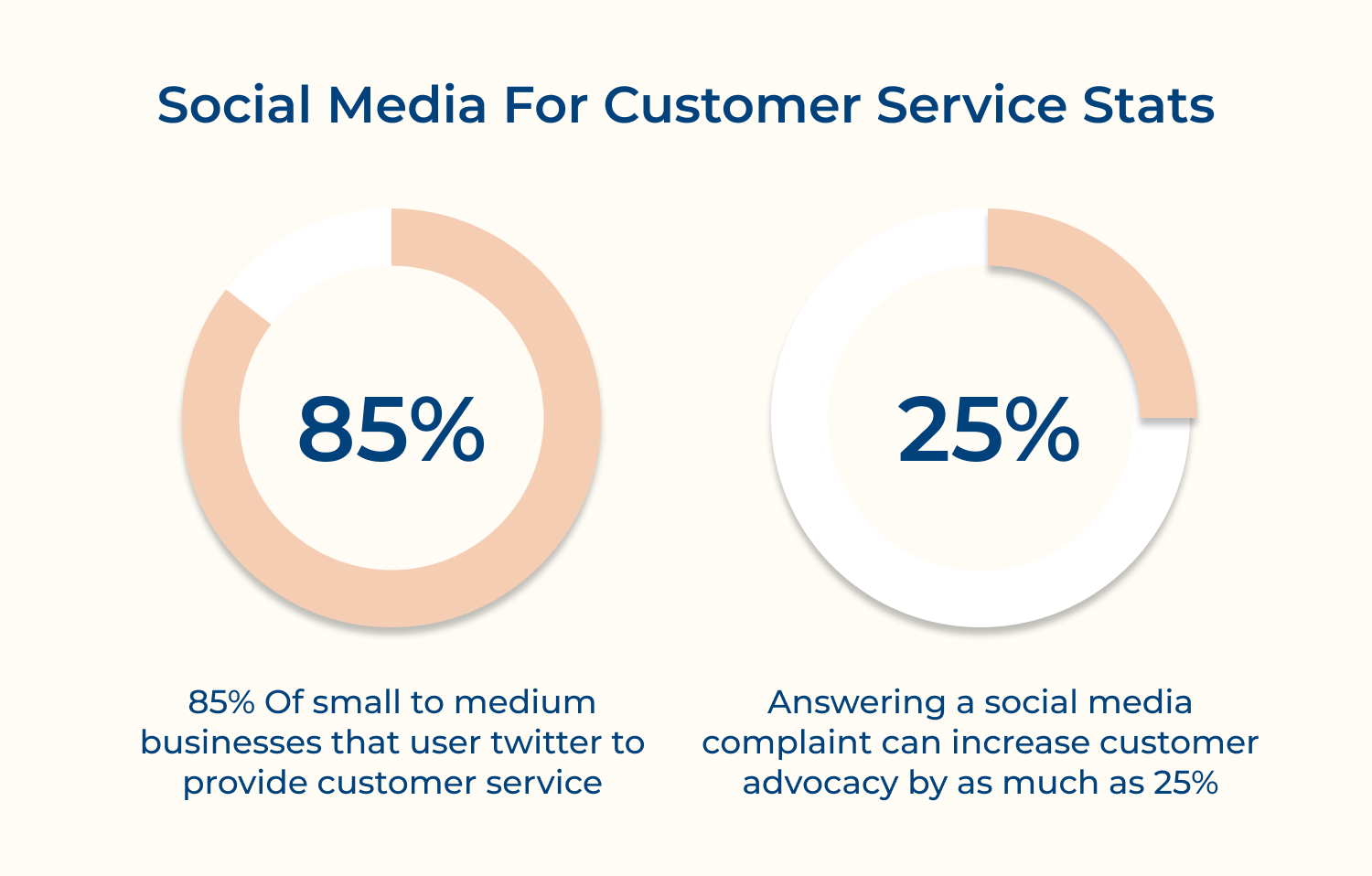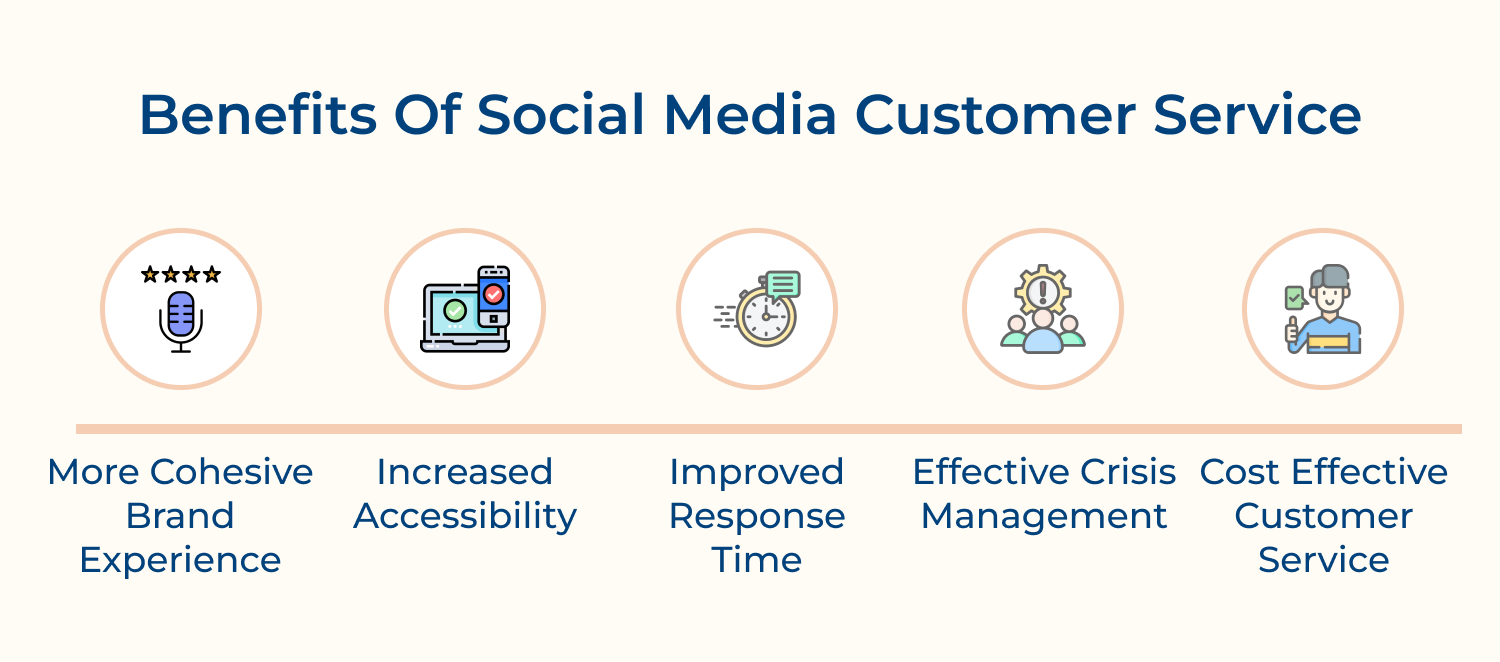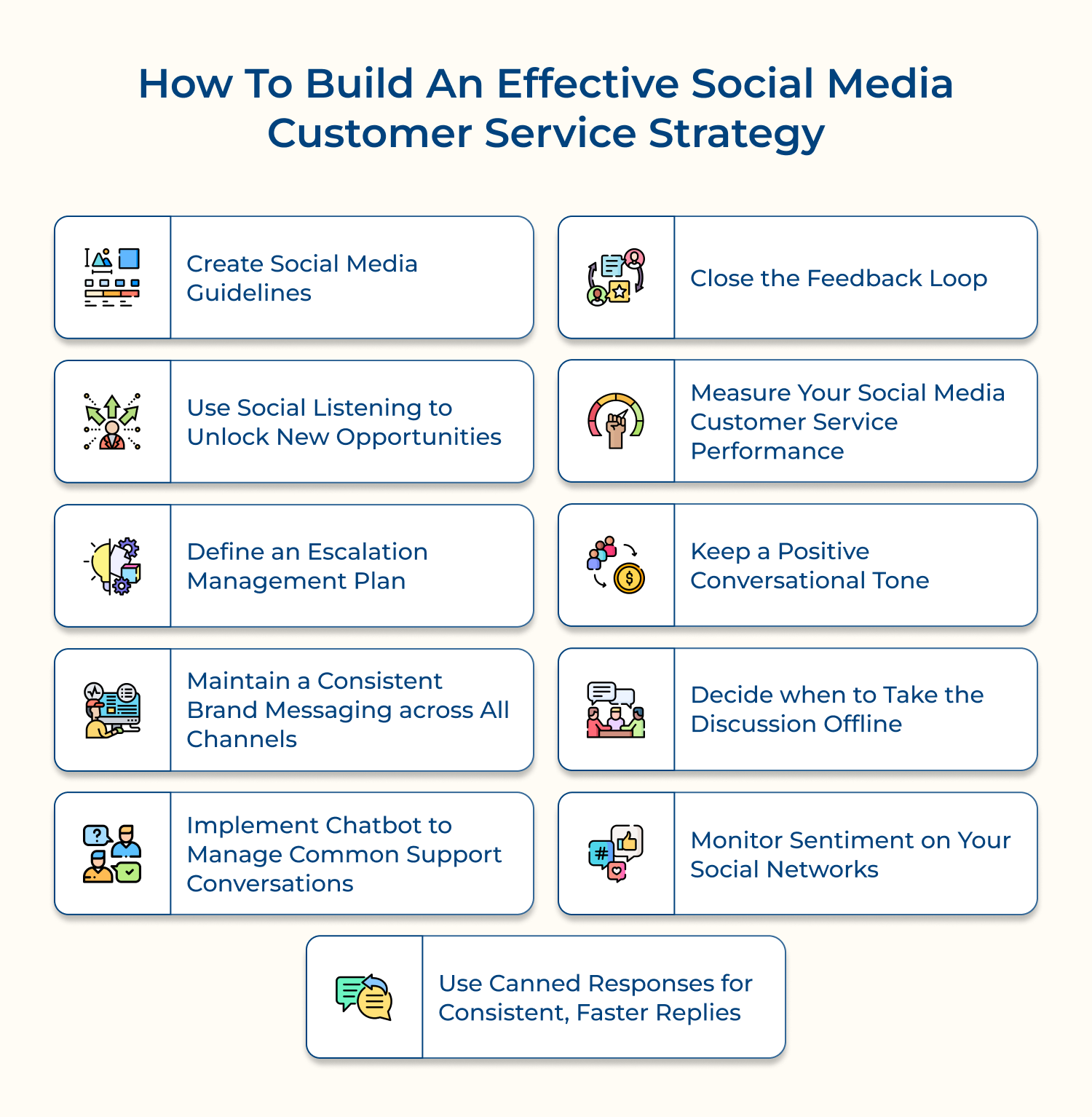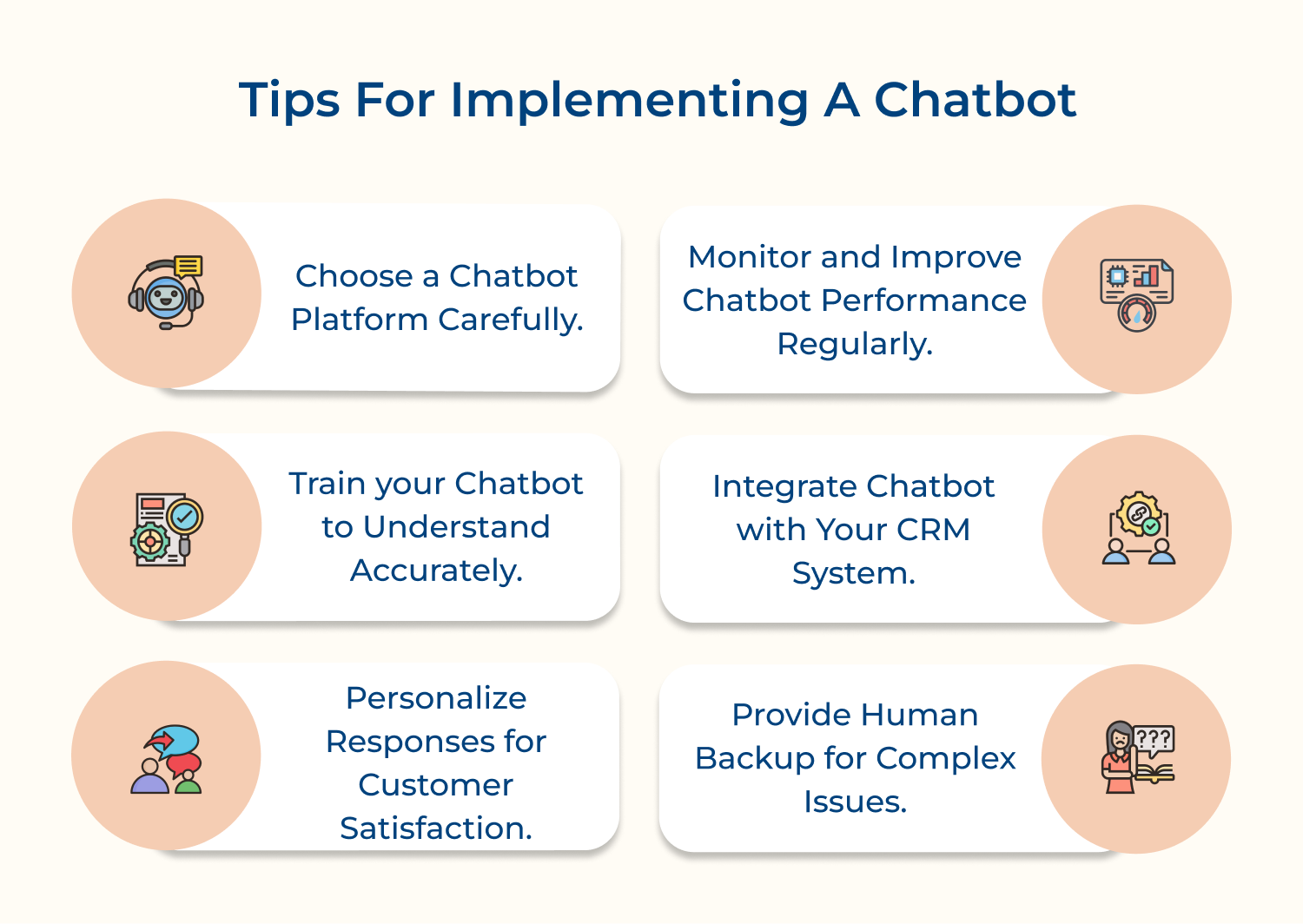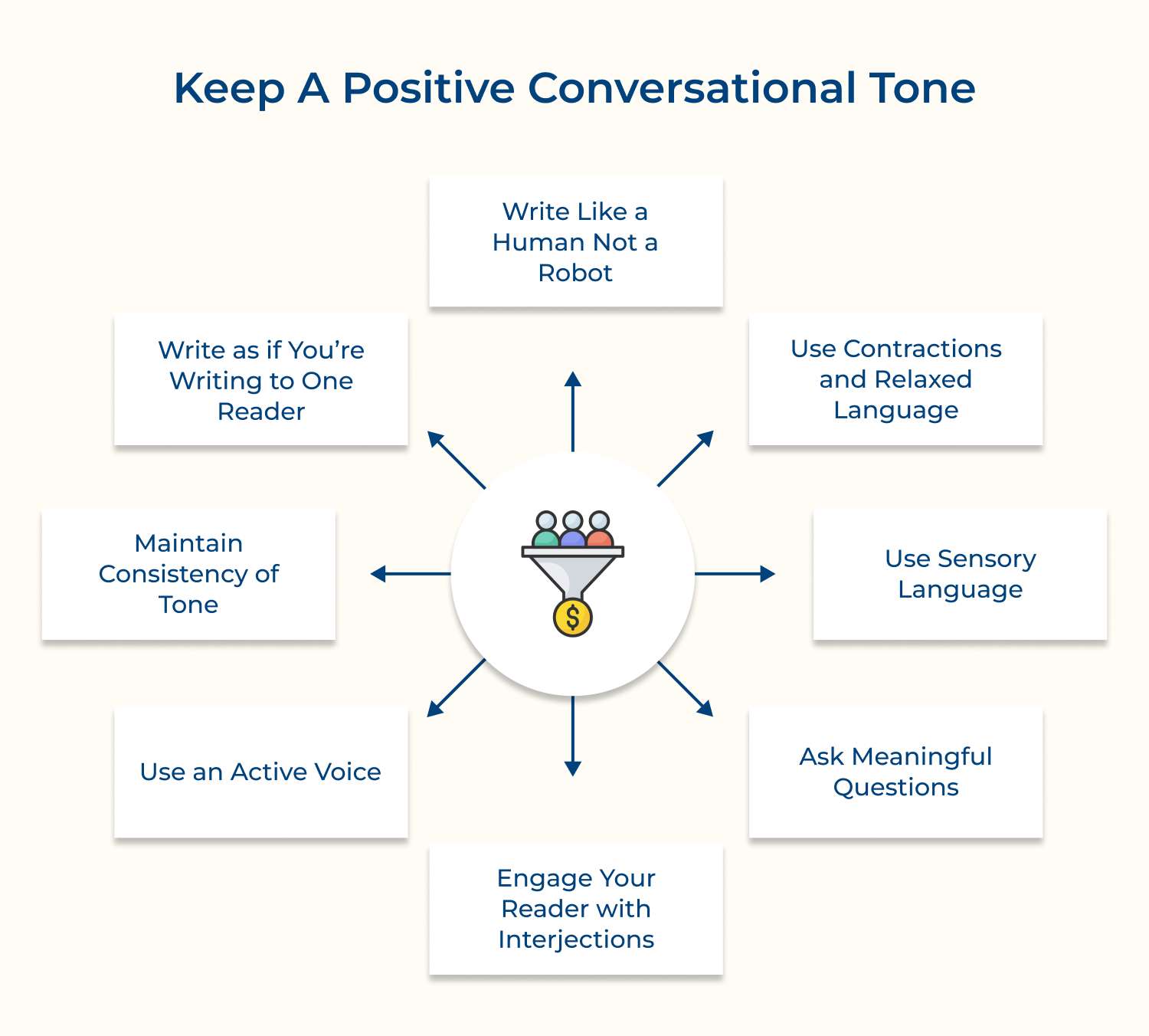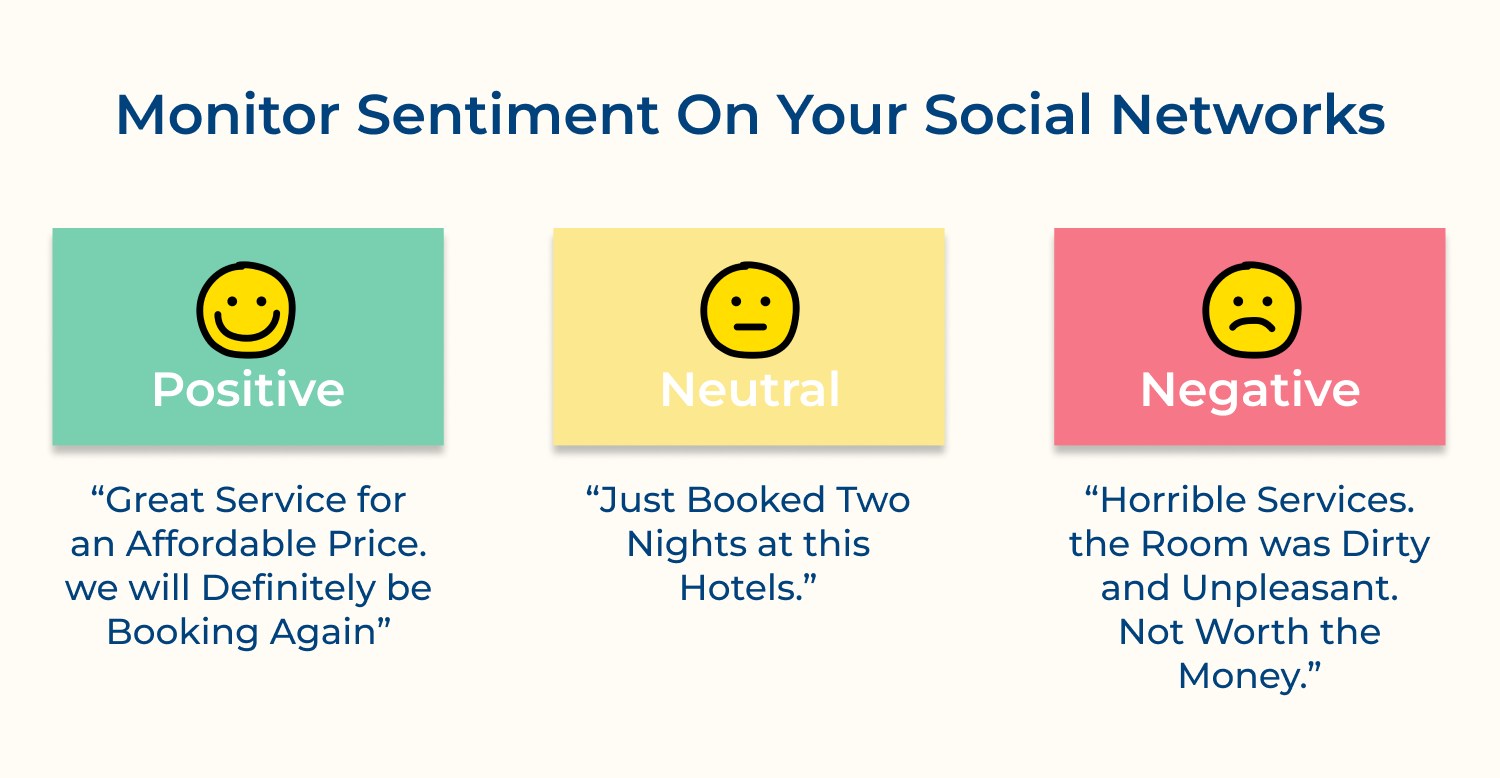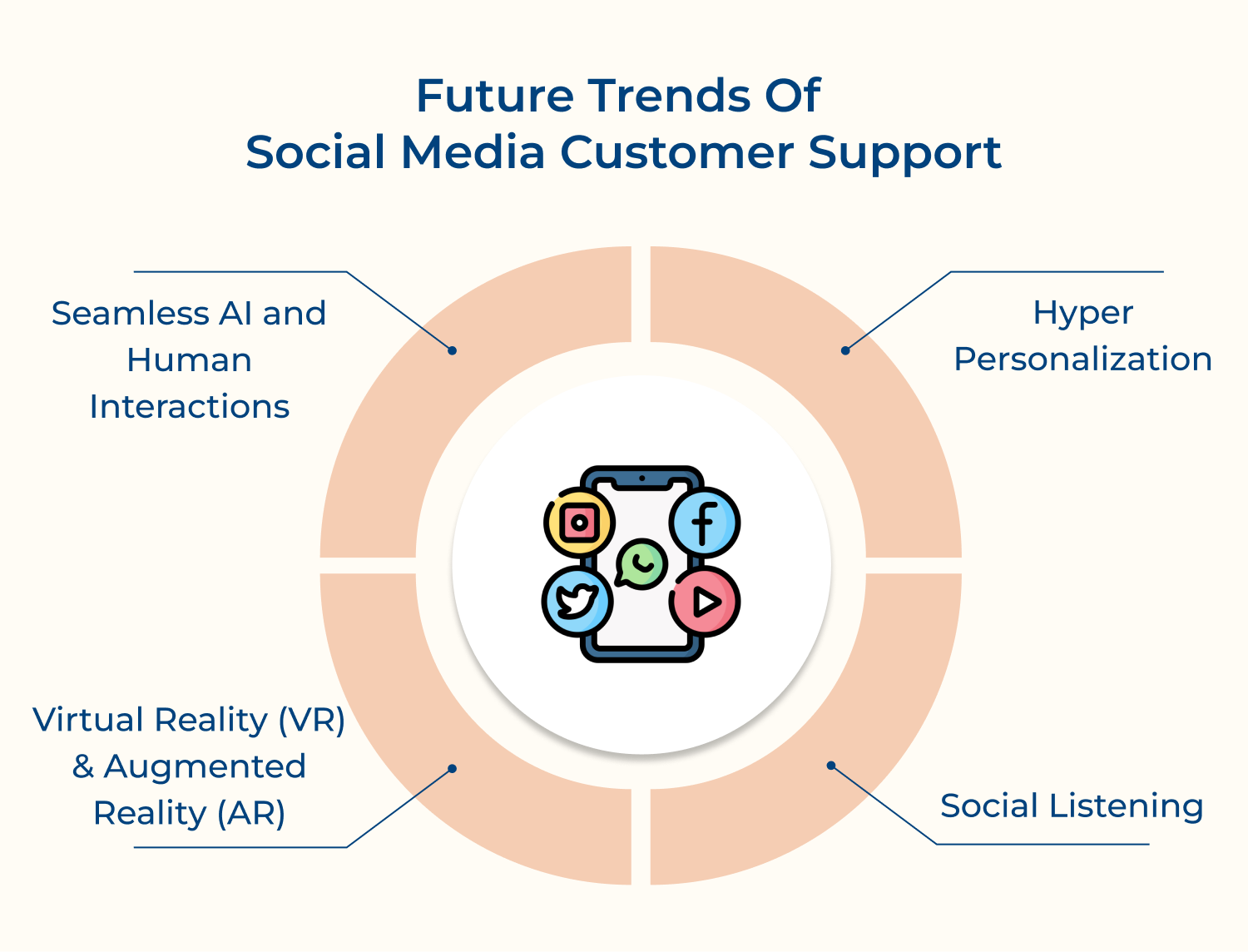Seamless AI and Human Interactions
The number of businesses joining social media platforms for customer support is increasing every day. So, it is only given to offer customers seamless interactions between AI bots and human representatives. Integrating AI chatbots in social media interactions can allow immediate responses to common queries while human representatives can intervene when needed.
Hyper Personalization
Hyper-personalization is the process of creating customized experiences for each individual user. In customer support, it means providing tailored solutions based on users’ history with the brand and previous interactions with customer service teams. Social media analytics can help generate insights on customers that help create personalized content and offers.
Virtual Reality (VR) & Augmented Reality (AR)
Virtual reality and augmented reality tools, such as Facebook Horizon, are making it increasingly easier for businesses to provide better customer support experiences online. Customers can interact with virtual resources that assist them, such as 360-degree product demonstrations or virtual walk-throughs of store locations directly through social media.
Social Listening
Social listening involves monitoring social media channels for mentions of a brand or related keywords, which allows brands to identify issues before they escalate into bigger problems. It also provides data that helps identify areas where improvements need to be made in terms of products or services, thereby boosting overall customer satisfaction levels.
Social Media Customer Support Examples
Social media has become a powerful tool for brands to not only solve customer issues but also build loyalty and strengthen their online reputation. Let’s dive into successful brand examples from various industries:
Glossier
Glossier, a well known D2C brand, has a dedicated team that actively engages with customers on social media platforms. It responds to queries promptly all while providing personalized recommendations. Glossier understands the value of social media as a customer service channel and they have effectively utilized it to create a strong community as well as generate positive word-of-mouth.
Vancouver Police
Vancouver Police department utilizes platforms like Twitter to provide real-time updates on emergencies, answer citizen inquiries and address concerns. Their proactive approach in using social media has not only improved communication with the public but also enhanced trust and transparency.
Virgin Atlantic
Virgin Atlantic stands out in the travel industry for their exceptional social media customer service. They respond to customer queries in a timely manner, provide travel updates and actively engage in conversations with their followers. Their use of humor along with personalized responses has helped them create a positive and memorable customer experience, leading to increased customer satisfaction.
Poshmark
Poshmark, a leading social ecommerce platform, goes the extra mile to provide excellent customer service. They actively engage with users through social media, addressing questions, concerns and even providing styling tips. By creating a supportive online community while delivering exceptional service, Poshmark has fostered customer loyalty and increased customer satisfaction.
Take Your Support to Next Level with Omni24’s Social Media Customer Service Platform
Elevate your customer support with Omni24’s comprehensive social media platform, designed to transform scattered social interactions into meaningful customer relationships. By centralizing communications and deploying AI-assisted response systems, Omni24 empowers your team to resolve issues faster while maintaining a consistent brand voice.
The modern customer expects service wherever they engage—Omni24 meets them there. With customizable workflows, sentiment analysis, and performance metrics, your support team can prioritize effectively and deliver personalized solutions. Take your support beyond responding to complaints—build a community around your brand with Omni24.
